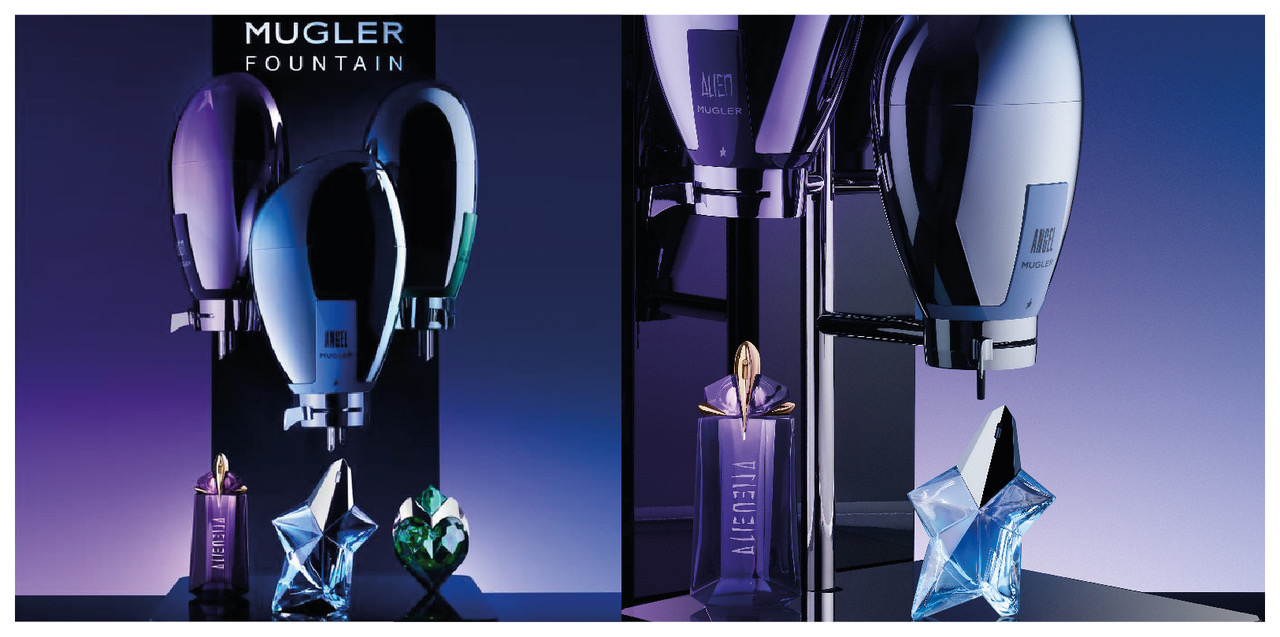June 17, 2021
Great scents, greater social responsibility
With advances in eco-friendly packaging, luxury fragrance brands are now increasingly able to deliver positive impact through improved design, renewable energy usage, streamlined manufacturing processes and innovative ways of replenishing used resources.
At a time when so many perfume manufacturers are reviewing the methods and ingredients of fragrances themselves, so the containers and the layers of packaging of these fragrances are evolving to meet the changing sustainability requirements of the industry and consumers.
So what exactly makes a perfume sustainable?
Well, good fragrance eco-credentials typically entail some of the following:
- All-natural, renewable, compostable or biodegradable ingredients
- An ethical supply chain
- Minimally polluting manufacturing processes
- Refillable or recyclable bottles
- Sustainable, eco-conscious packaging
- A positive social impact

When you consider all of the above, it is not surprising that, in many respects, the beauty and fragrance industries have encountered significant difficulties when trying to secure quantities of higher quality sustainable materials over the past few years. Factors such as cost-effectiveness and speed-to-market have made the development of fully sustainable packaging a daunting task for many brands. Consequently, L’Oreal and Loop industries signed a multi-year agreement to purchase PET resin manufactured from 100% recycled materials in order to satisfy its packaging needs over the next several years.
“There are many factors for these big-name brands to consider and, for smaller brands that are often focussed on creating wonderful fragrances, the design and manufacture of secondary packaging that can meet all of these criteria, is often a daunting task,” says Jason Roberts, Senior Business Development Manager at IPL Packaging.
“Ultimately though, most fragrance manufacturers seem to understand that its important to also look at sustainability as a whole rather than just assessing a finished product itself,” he says. “In this way it’s often a good idea to turn to a packaging supplier that offers a full-service solution and that can address sustainability in all the key elements – taking into consideration packaging design, materials, manufacture, transportation, logistics – whilst maintaining their focus on the “3 R’s” – Reduce, Reuse, and Recycle,” he continues. “Through our membership of The Fragrance Foundation UK, we’re able to work closely with brands that need advice on sustainable engineering, materials and CSR considerations, right through the supply chain.”
The concept of reuse has become a prominent one across the fragrance landscape in particular. Lancôme’s Idôle EDP made waves when it launched as the brand’s first refillable fragrance in 2019. Once the scent is used up, the empty glass container can be taken to a Lancôme counter to be replenished at a discounted price (there are at least 200 refill counters across the UK). Also offering refills are Thierry Mugler; Viktor & Rolf, Molton Brown (for its 100ml EDTs and EDPs) and Guerlain, as well as select Chanel and Armani fragrances – amongst a growing list of others.
Refilling is certainly one way in which fragrance containers are living on. What’s more, the great thing about perfume refills (aside from the obvious environmental benefits) is tthat the containers are often so beautiful. This means that, rather than manufacturing and buying the same bottle over and over, consumers get to keep their favourite perfume bottle – and also save on cost. Secondary packaging, such as luxury fragrance boxes, can support reuse when designed as a keepsake (along with removable inner fitments) or with an ornamental feel that looks to promote secondary use.
“The notion of incorporating a secondary function into package design can also deliver a significant added value component for the brand,” states Head of Design at IPL, LB Odendaal. “By creating packaging for ‘reuse’ and giving it a purpose beyond the original, primary use we’re enabling the brand to live on beyond the point of purchase.”
As with other industries, fragrance brands need to look to create sustainable value throughout the value chain. “Whatever the sector, the approach to process and design in packaging should be built around efficiency, and the fragrance industry is no different,” continues Odendaal. “This means: simplify wherever possible; utilise the most effective, eco-friendly materials possible; minimise the impact on the environment; always strive to be true to the brand values; and never forget the benefit to the end-user.”

@ Mynewsdesk.com & IPL Packaging
“Similarly, when it comes to transport, attempt to optimise container utilisation by favouring flat-packaging or part assembly,” he says. “In this way, at IPL we can ship directly to any market in the world, produce closest to the destination and select the transport option with the smallest carbon footprint for each delivery.”
More articles

February 28, 2023
The Positives for Plastic

December 20, 2021
High on Design

November 19, 2020
SMWS Tasting Pack – A Luxury Packaging Awards Finalist

July 26, 2022
6 Strategic Priorities for Packaging Companies in the New Unknown

May 30, 2023
Consistency & Innovation – Finding the Balance in Packaging

December 8, 2020
Kindred Spirits – Glengoyne Single Malt

June 23, 2021
4 Important considerations for cosmetics packaging

November 18, 2021


